Anatomy
Anatomy is the branch of science that deals with the structure of living organisms, including humans. It involves the study of the physical structure of the body and its organs, tissues, and systems. Understanding anatomy is important for various fields including medicine, biology, and healthcare.
Basic Concepts in Anatomy
1. Cells: Cells are the basic units of life. They are the building blocks of all living organisms.
2. Tissues: Tissues are groups of cells that work together to perform a specific function. There are four main types of tissues: epithelial, connective, muscle, and nervous.
3. Organs: Organs are comprised of different types of tissues that work together to perform a specific function in the body. For example, the heart is an organ made up of muscle, connective, and nervous tissues.
4. Systems: Systems are groups of organs that work together to carry out a particular function in the body. For instance, the circulatory system includes the heart, blood vessels, and blood, and is responsible for transporting nutrients and oxygen throughout the body.
Study Guide
When studying anatomy, it is important to understand the following key areas:
- Cell structure and function
- Types of tissues and their functions
- Major organs in the body and their functions
- Systems of the body and how they work together
- Common anatomical terminology and body planes
Additionally, it can be helpful to use visual aids such as diagrams, models, and interactive resources to better understand the complex structures and functions of the human body.
Remember to review and practice regularly, as anatomy is a detailed subject that requires a thorough understanding of the body's structure and functions.
[Anatomy] Related Worksheets and Study Guides:
.◂Science Worksheets and Study Guides Kindergarten. Our Earth
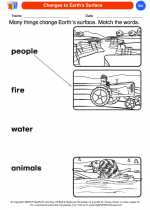
 Coloring Worksheet
Coloring Worksheet
 Coloring Worksheet
Coloring Worksheet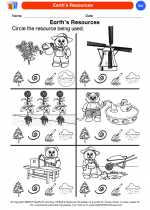
 Coloring Worksheet
Coloring Worksheet
 Coloring Worksheet
Coloring Worksheet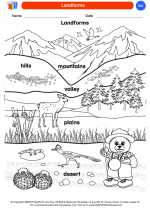
 Coloring Worksheet
Coloring Worksheet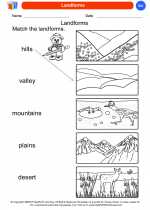
 Coloring Worksheet
Coloring Worksheet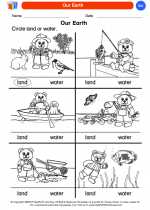
 Coloring Worksheet
Coloring Worksheet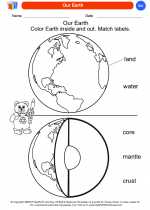
 Coloring Worksheet
Coloring Worksheet
 Coloring Worksheet
Coloring Worksheet
 Coloring Worksheet
Coloring Worksheet
 Coloring Worksheet
Coloring Worksheet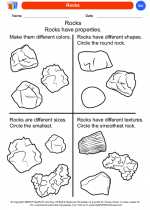
 Coloring Worksheet
Coloring Worksheet
 Coloring Worksheet
Coloring Worksheet
 Coloring Worksheet
Coloring Worksheet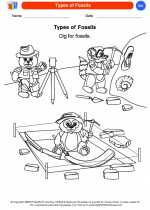
 Coloring Worksheet
Coloring Worksheet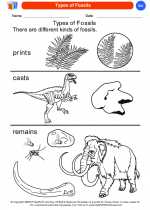
 Coloring Worksheet
Coloring Worksheet
 Coloring Worksheet
Coloring Worksheet
 Coloring Worksheet
Coloring Worksheet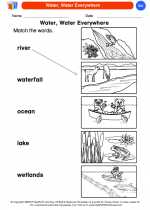
 Coloring Worksheet
Coloring Worksheet
